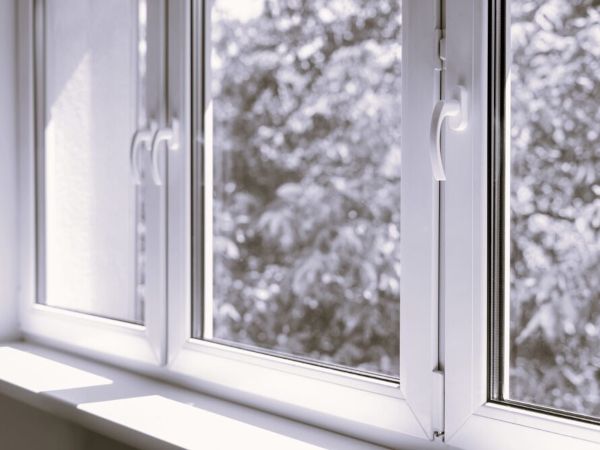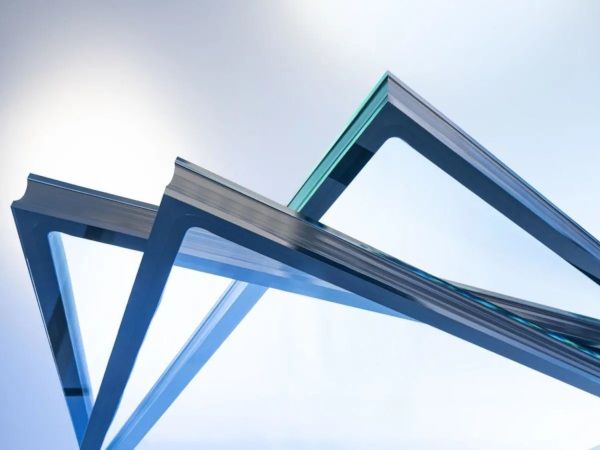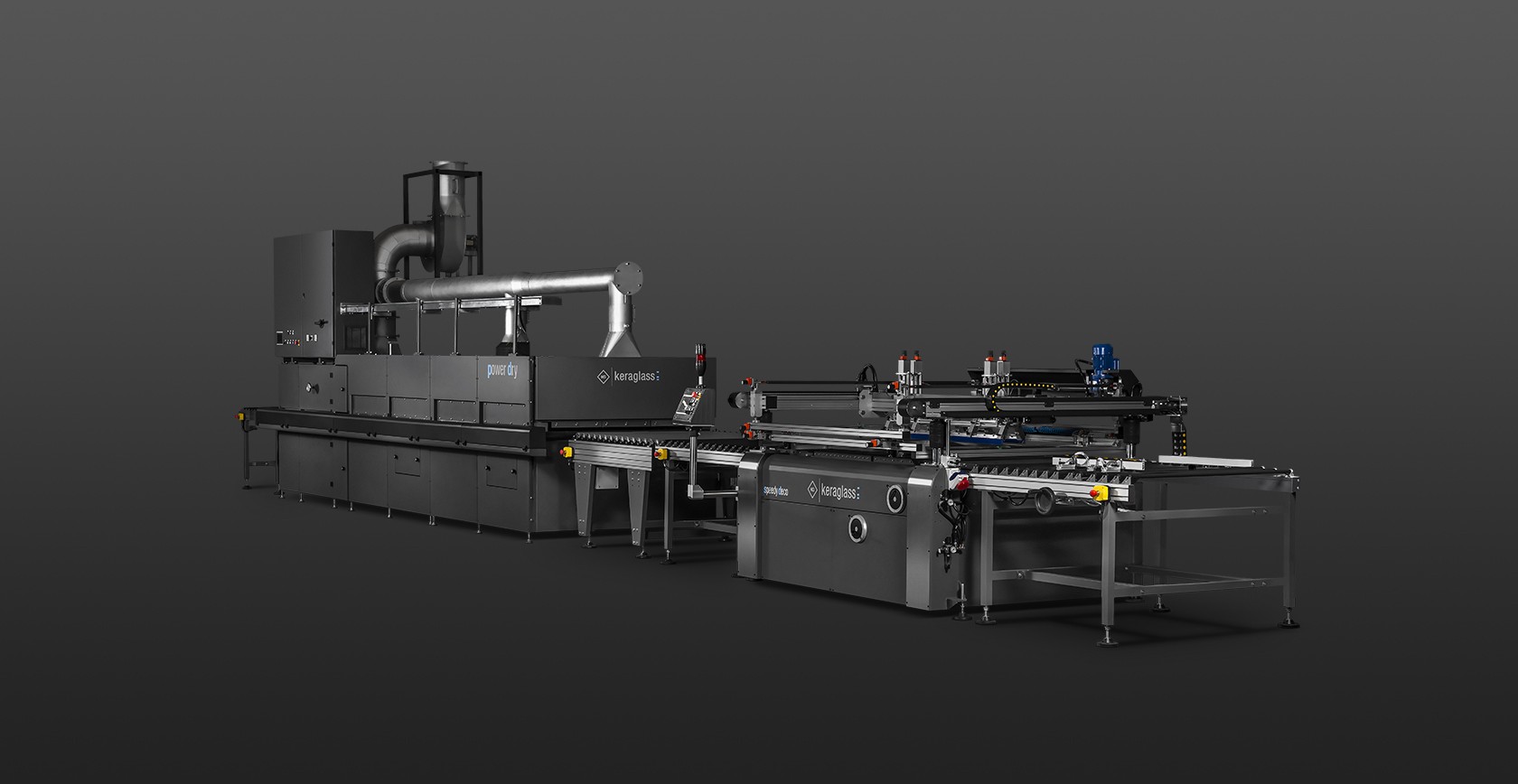On 30 June, the European Commission released updated guidance as part of the recast Energy Performance of Buildings Directive (EPBD), placing transparent building elements, such as windows and glazed façades, at the center of energy efficiency regulations. For the glass industry, this marks a significant policy shift that will reshape both product development and building standards across the EU.
Beyond U-Value: Introducing the g-Value
Until now, national building codes across Europe primarily evaluated glazing based on U-value, which measures thermal insulation. However, this one-dimensional approach overlooked the role of solar gain. The new guidance introduces the g-value (solar factor) as a required criterion. This measures the amount of solar energy transmitted through glazing, allowing for smarter decisions that consider both heat loss and passive heat gain, depending on climate and building type.
High-Performance Glazing for Renovations
For renovations, especially in older homes and small non-residential buildings, the Commission encourages replacing outdated glass with high-performance alternatives. These new products must be optimized for both low U-values and suitable g-values to ensure energy savings throughout the year. This recommendation is seen as a boost for the insulating glass market and a driver for innovation.
Support and Industry Action
The Commission also recommends Member States introduce support mechanisms to assist building owners and small businesses in adopting advanced glazing technologies. Glass for Europe and its network of national partners have committed to ensuring the guidance is implemented in national legislation by the 29 May 2026 deadline. This will not only promote better energy performance but also support the European Union’s broader climate goals, setting the stage for a new era of sustainable, glass-integrated architecture.
Source: Glass for Europe with additional information added by Glass Balkan



![Vetri Speciali's €110 million furnace at its Spini di Gardolo glass plant in Italy. [Image: QSA S.r.l.]](https://glassbalkan.com/wp-content/uploads/2025/07/download-27.png)



